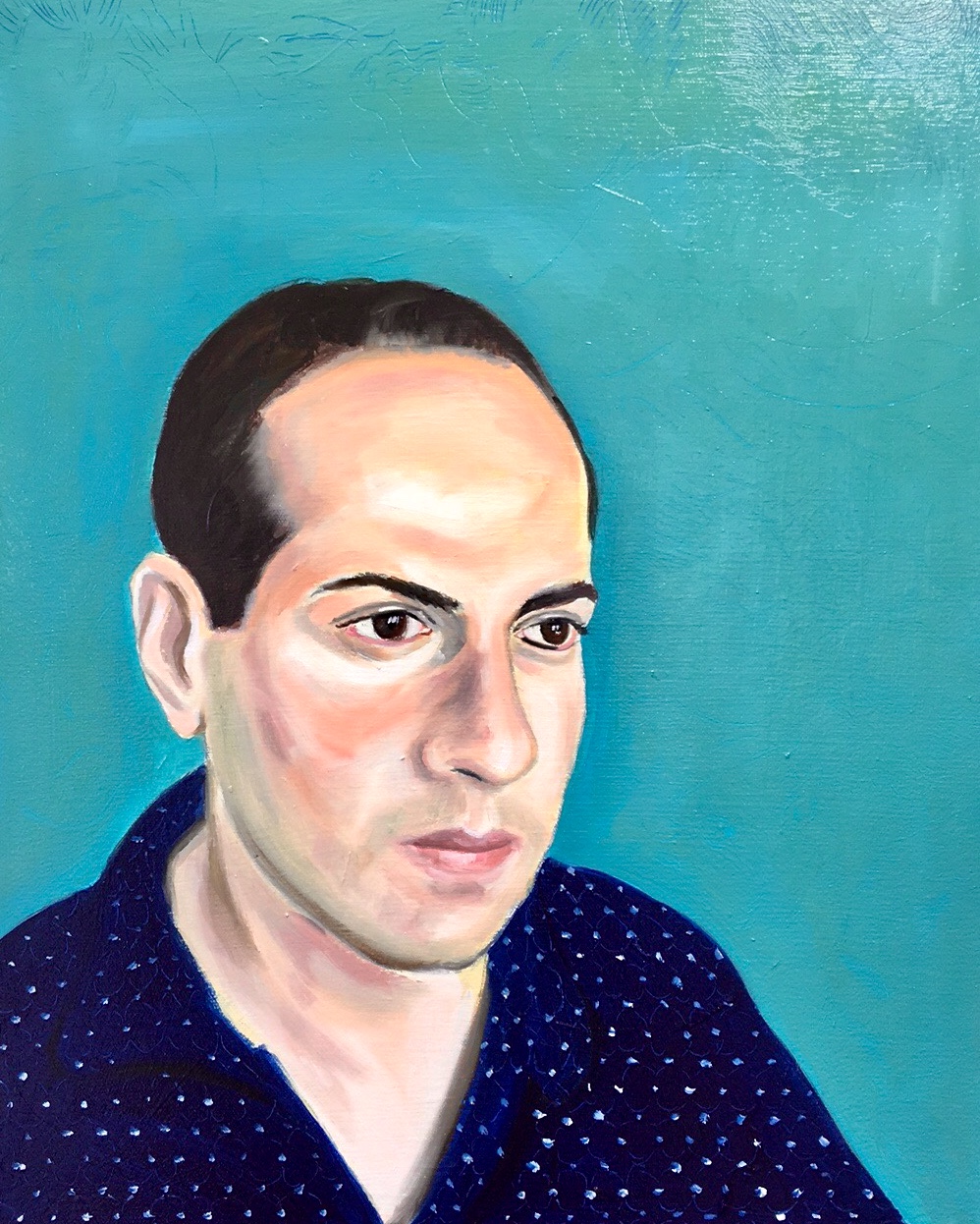Face to Face with Hokusai's Self Portrait
- Edward Luper
- Jan 11, 2023
- 2 min read
I was fortunate enough while passing through Leiden, Holland, to be given special access to the Volkekunde Museum (the National Museum of Ethnology). When the curator asked me what was it exactly I wanted to see from their archives, two things sprang immediately to mind: Hokusai's hand painted self portrait, and his series of paintings commissioned by the Dutch in the 1820's (but that's for another blog post). Here I want to explore a bit deeper this amazing self portrait. I wish to acknowledge here that my knowledge is based entirely on curator Matthi Forrer's work, who has already written a blog post on the subject here. I am merely introducing his scholarship to followers of my blog who may be interested.

The self portrait is in fact part of a letter to a publisher. On the bottom left it is signed Hachiemon 八右衛門 with the seal Manji 卍, adding his age as 83 years old 八十三歳, so the letter must date from 1842..The letter reads:
"Well then, the sketches in this volume were made when I was about forty-one or forty-two; moreover, a number of them duplicate one another. After all these years some of them might be better worked out. The remainder, which you may smile about, should be regarded as immature work from the past"
Forrer writes that "there is only one volume of various sketches made into a book and dating from post 1842, thus meeting all the requirements. That is the Manji-ō sōhitsu gafu (卍翁艸筆畫譜) published by Kikuya Kōsaburō 菊屋幸三郎 of Edo." This must be, therefore, the publisher Hokusai was writing to.

It is not so difficult to walk into a museum and see woodblock prints designed by Hokusai. It much rarer and exciting however, to see paintings and letters by the hand of the artist. One feels a connection with the artist in a moment of creativity. There is a real sense of the artist writing quickly as well. The calligraphy shows were the ink is running out and becoming paler, before re-dipping his brush in the inkstone for more ink. My personal interpretation of the calligraphy is that it reflects someone who has a lot of energy and speed, and cuts to the chase. The letter doesn't have any flowery literary ornamentation. It is perhaps something akin today to a quick text message on a phone with a large fabulous emoji next to it.

Hokusai perhaps drew the portrait first and then wrote the calligraphy around it. Hokusai seems blanketed by many layers, and so perhaps it was Winter or Autumn at the time. He has large ears and beady yet lively eyes. His face is jovial and excited; the face of a man with a sense of humour and wit. The portrait has varied strokes that are thin and fat, dry and wet, lighter and darker. Hokusai has no airs: there is nothing self important or pompous about his depiction at all. There is also a fabulous dynamism and movement as he gesticulates. I wonder if he was pointing to the bundle of drawings enclosed?

The self portrait is an absolute treasure and a tiny window that lets us come closer to the great Master himself in a more intimate level, like no other art work.






Comments